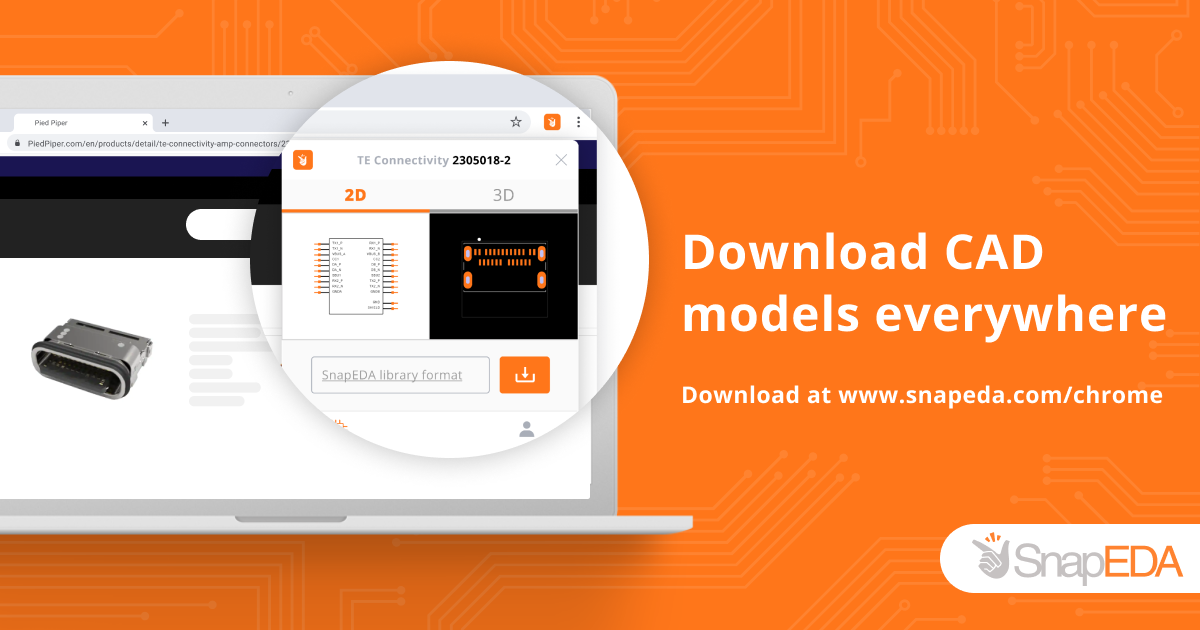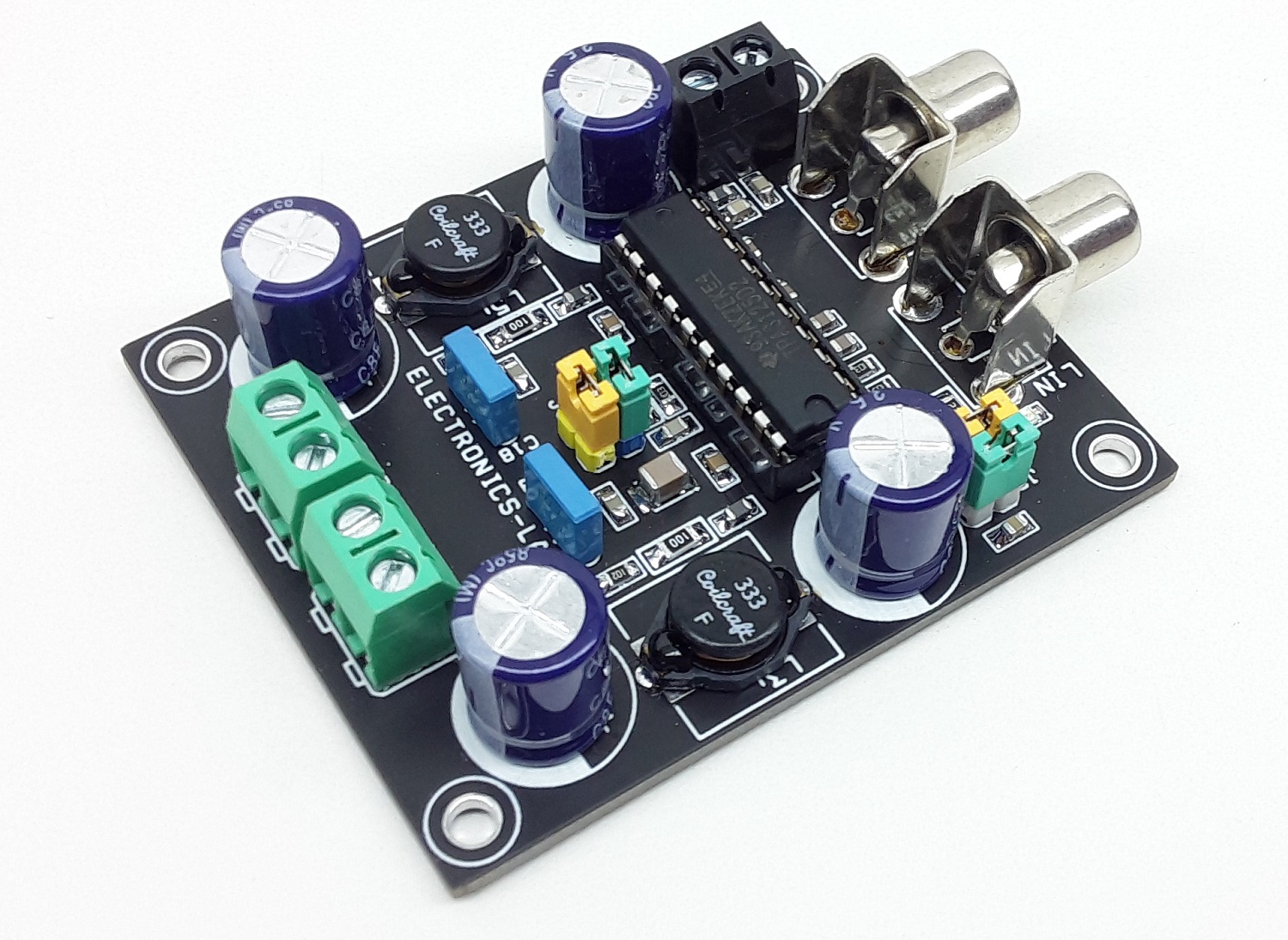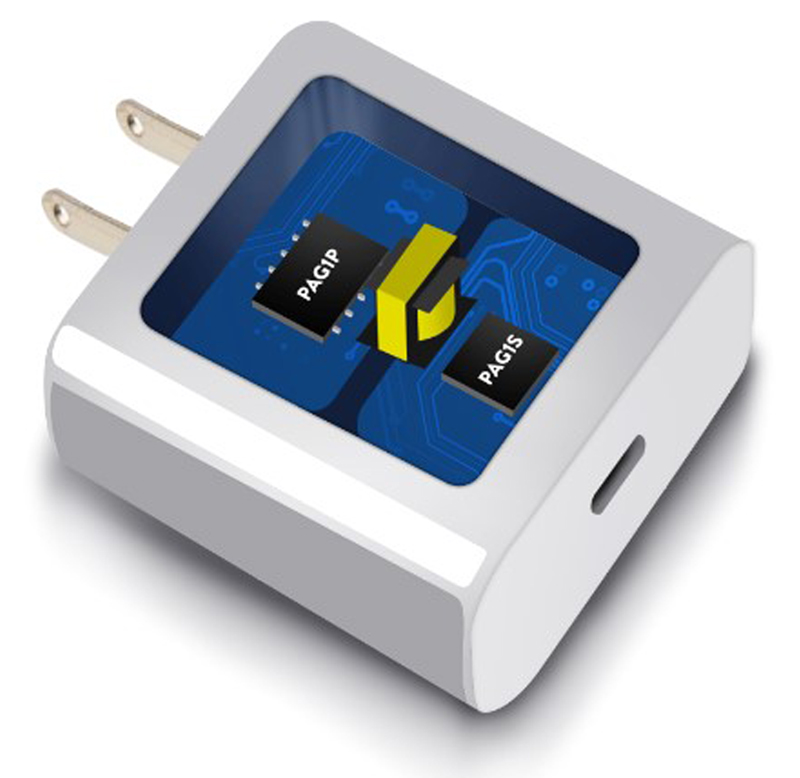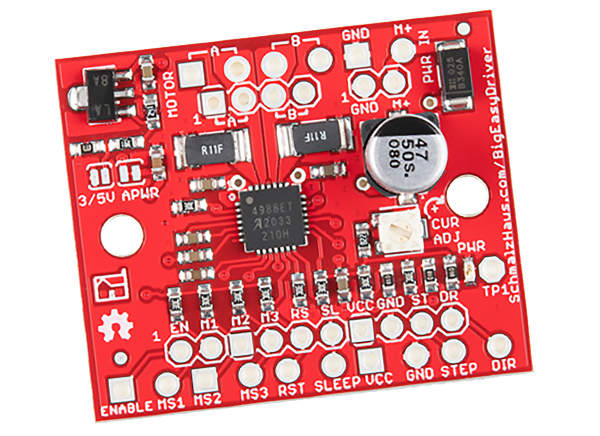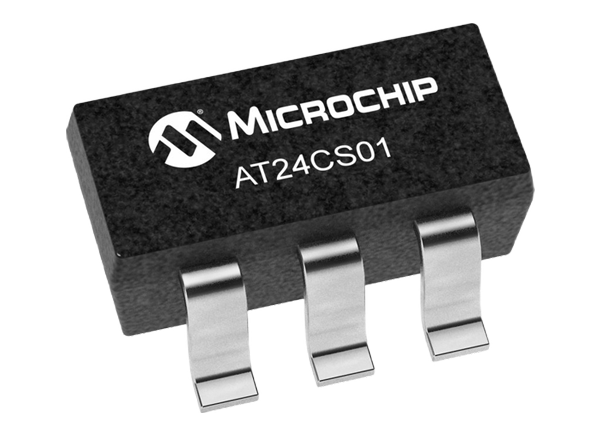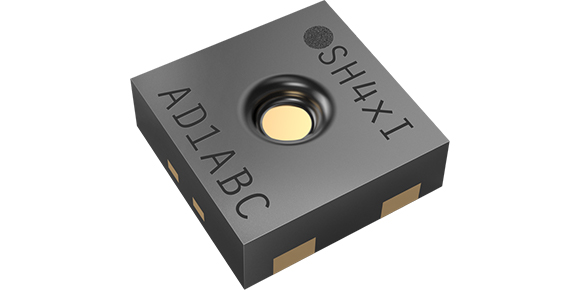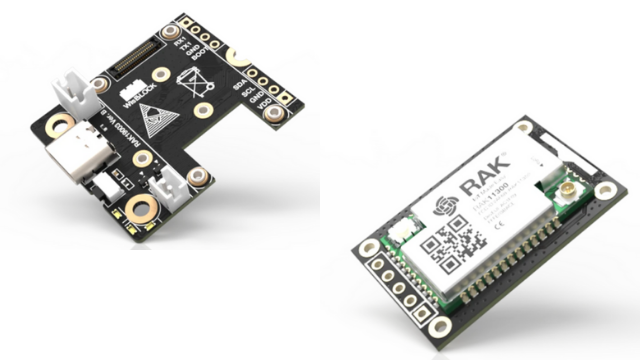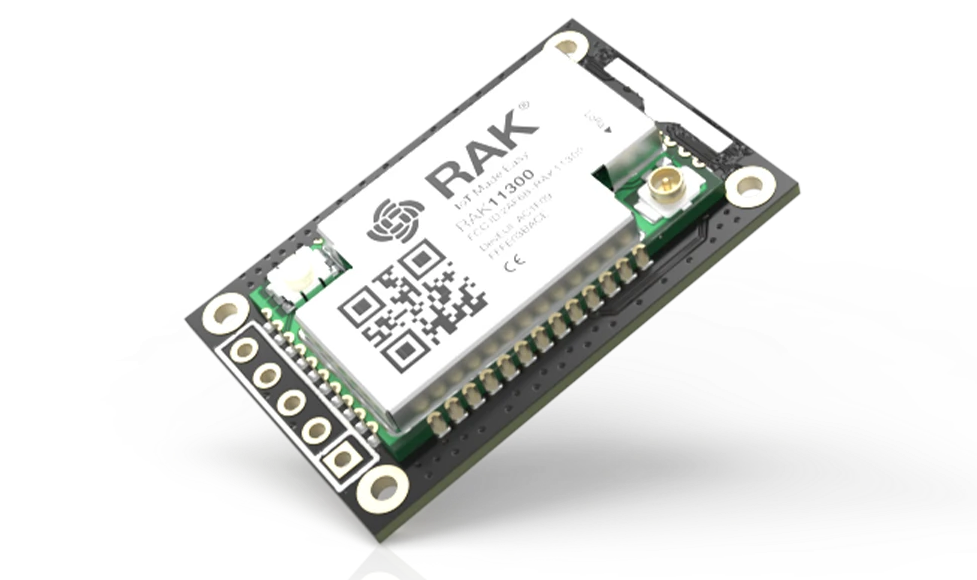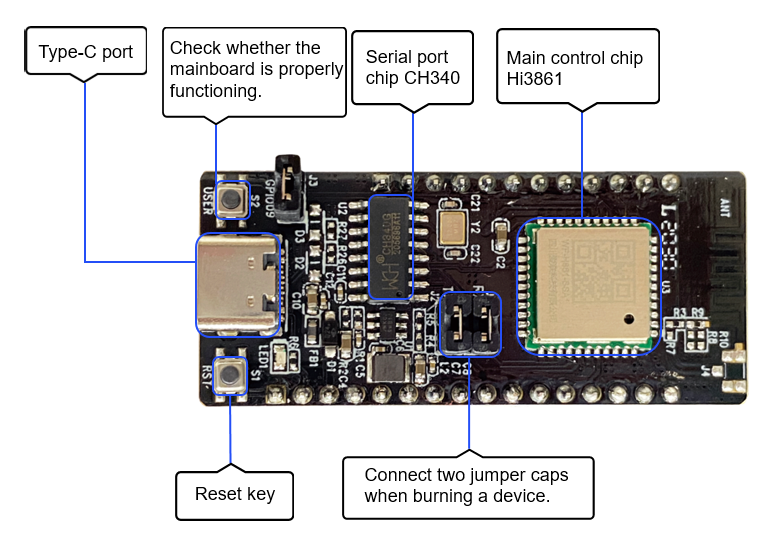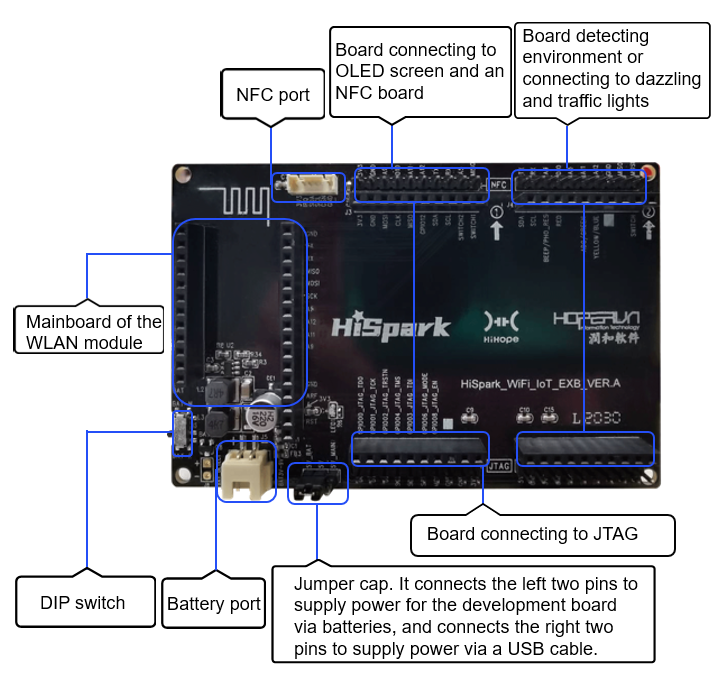The new SnapEDA Chrome extension notifies electronics designers when computer-aided design (CAD) models are available and allows for one-click import into desktop CAD tools.
Today, SnapEDA, the first search engine for electronics design is launching a new Chrome extension to allow electronics designers to find CAD models on every distributor website.
The new SnapEDA Chrome extension automatically notifies designers when a CAD model is available. The CAD model can then be added to a desktop printed circuit board (PCB) design tool with just one click.
The extension pairs with the new SnapEDA Desktop application, which creates a bridge between the web for component research and the desktop design environment. It provides three types of CAD models: schematic symbols, PCB footprints and 3D models. Supported formats include Eagle, Altium and KiCad, and there are more coming soon.
Over the last year, SnapEDA has been expanding the SnapEDA Syndication Network, which now has 35 affiliated partners including distributors, PCB design tools, and media sites, with 12 new partners added in 2021 alone. The SnapEDA Chrome extension is especially helpful on websites that haven’t yet joined the SnapEDA Syndication Network as it now allows engineers to find CAD models on those websites.
Since founding the pioneering search engine for E-CAD in 2013, SnapEDA has been furthering its mission of helping engineers design electronics faster by removing barriers. Since then, SnapEDA has continued to launch new products into the market including its patented CAD model verification technology, the first E-CAD request service InstaPart, and the first computer-vision based schematic generator InstaBuild. The new SnapEDA Desktop application and pairing Chrome extension are the latest examples of their continued dedication to improve the workflows of engineers.
The SnapEDA Chrome extension is free and can be downloaded at www.snapeda.com/chrome


